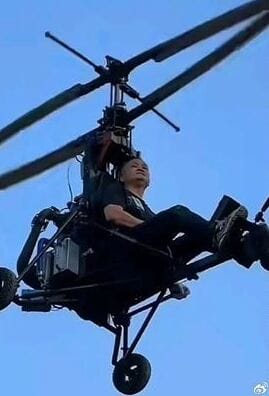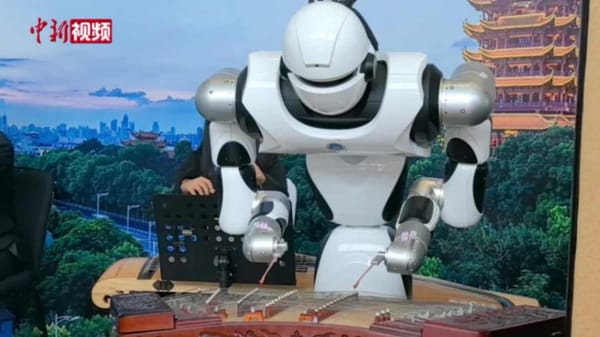World's First AI Electronic Skin Detects Even a Feather’s Touch
Explore the groundbreaking AI electronic skin technology that senses even a feather’s touch, revolutionizing robotics, healthcare, and quality control.
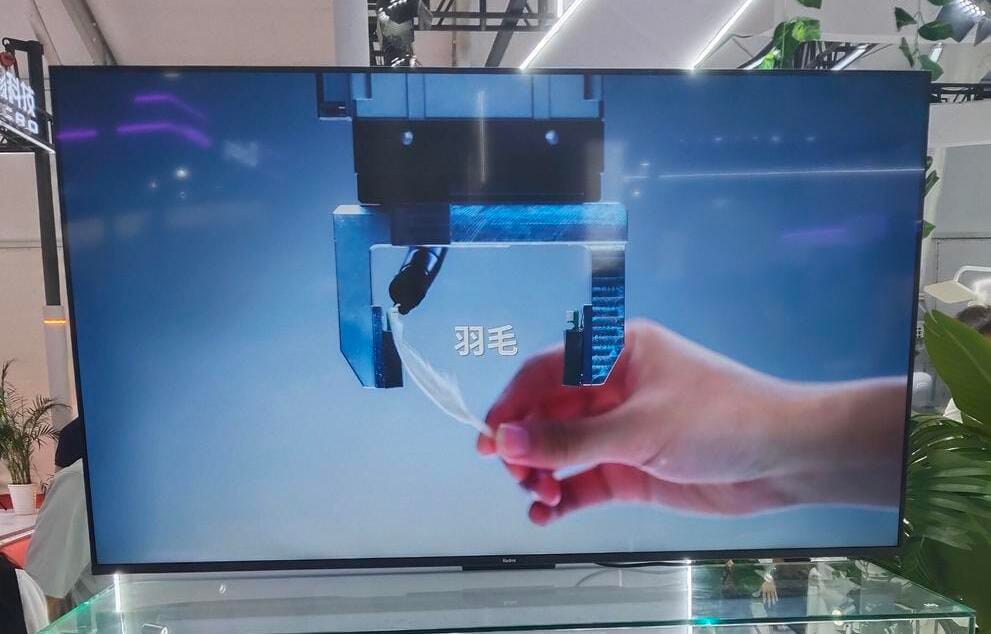
Introducing the Future: AI Electronic Skin as Sensitive as Human Touch 🤯
Imagine a skin so sensitive it can detect the lightest touch of a feather—this isn’t science fiction anymore! The world's first AI electronic skin was unveiled at the 2025 World Robot Conference in Beijing by the Chengdu Humanoid Robot Innovation Center. Using a cutting-edge magnetic induction system combined with AI algorithms, this technological marvel redefines what robots and wearable devices can feel and respond to.
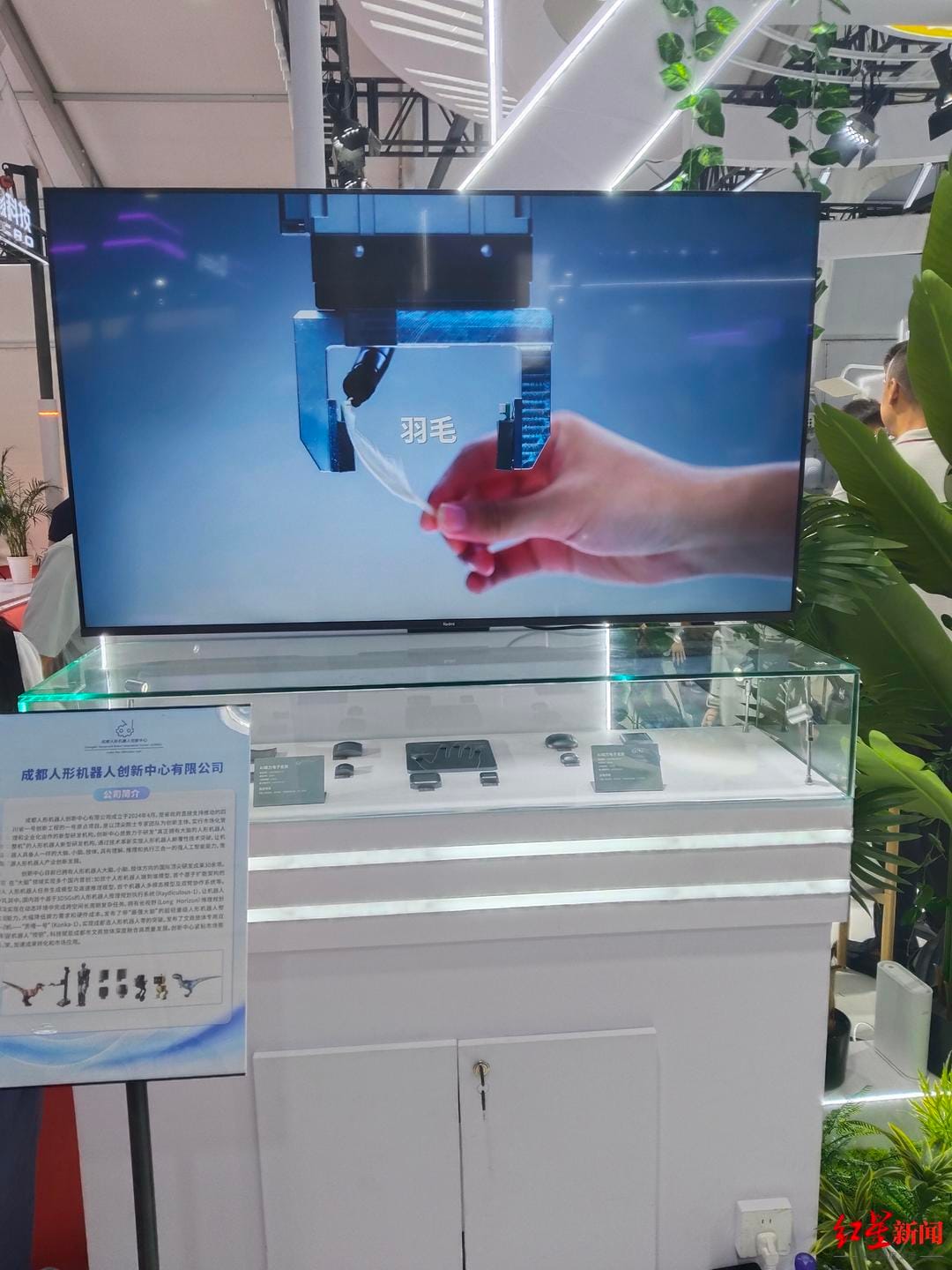
Core Innovations: What Makes This Electronic Skin a Game-Changer?
So, what magic is inside this ultra-sensitive skin? The secret lies in its incredible force measurement accuracy of 0.005N—that’s the same force as a feather's gentle caress! Packed with around 100,000 sensing units within a mere 1cm², the skin offers the world’s highest resolution and force measurement precision. It can detect micro-changes in pressure and texture like never before.
Not only that, it offers a staggering 1500Hz sensing frequency, outpacing human nerve responses for capturing fast, dynamic touches. Whether in extreme environments or delicate operations, it delivers reliable, high-speed tactile data with superb durability and low maintenance costs.
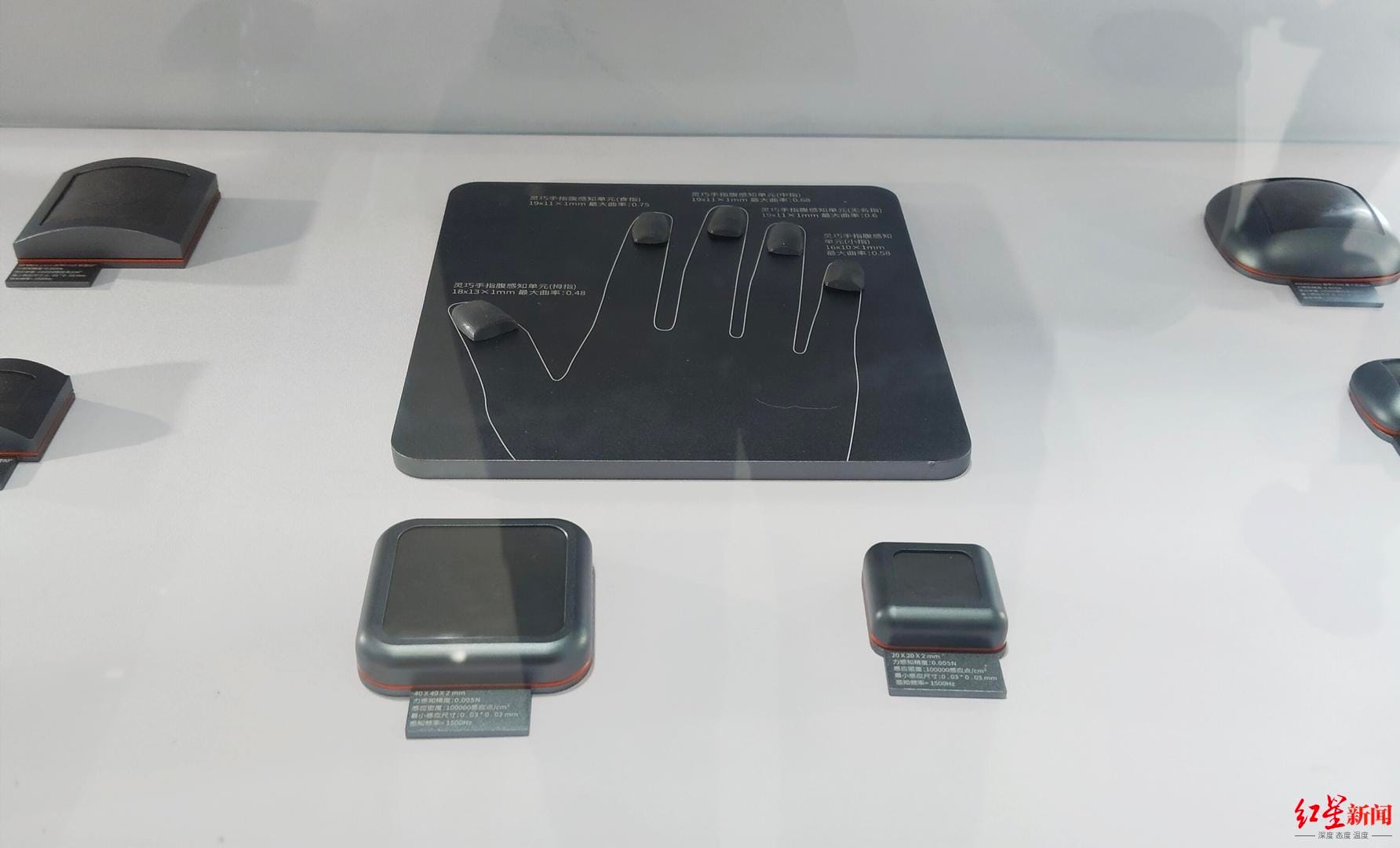
AI-Powered Smarts: More Than Just Touch
This isn’t just about feeling pressure; it’s about intelligent perception. Powered by a deep neural network, the electronic skin senses three-axis forces and identifies the angle and hardness of objects. 🧠 Imagine robots handling fragile blueberries or tofu without squishing them—that’s now a reality!
This AI integration lets robots not only sense touch but also interpret it, enabling near-human decision-making capabilities. It's a transformational leap from simple sensors to smart skins that mimic human tactile intelligence.
Versatile Uses: From Robots to Healthcare to Quality Control
The potential applications are vast. In robotics, humanoid models like "Gongga No. 1" utilize this skin to perform household chores, industrial assembly, and hazardous material handling with delicate precision. Service robots improve human interaction, adjusting grips for handshakes or fragile items naturally.
Manufacturing and quality inspection get a boost as well. The skin distinguishes minute surface irregularities on glass or metal parts—even on curved surfaces—where traditional optical inspection falls short. This means faster, more accurate quality control on automated production lines that will help build smarter factories of the future.
In healthcare, the AI electronic skin promises to revolutionize prosthetics 🌟. Wearers could regain real tactile feelings, detecting texture, temperature, and hardness, which was unimaginable before. This could lead to better quality of life and more intuitive control for amputees.
Looking Ahead: Smart Wearables and Beyond
Beyond robotics and healthcare, this technology sets the stage for a new generation of smart wearable devices. Think fire-fighting suits that adapt in real-time, VR gloves offering ultra-realistic touch feedback, or smart homes where surfaces sense your presence and adjust accordingly.
The fusion of AI and electronics in skin-like devices is ushering in a tactile revolution, blurring lines between humans and machines and promising a future where electronic skin is as natural as our own. 🌐✨

